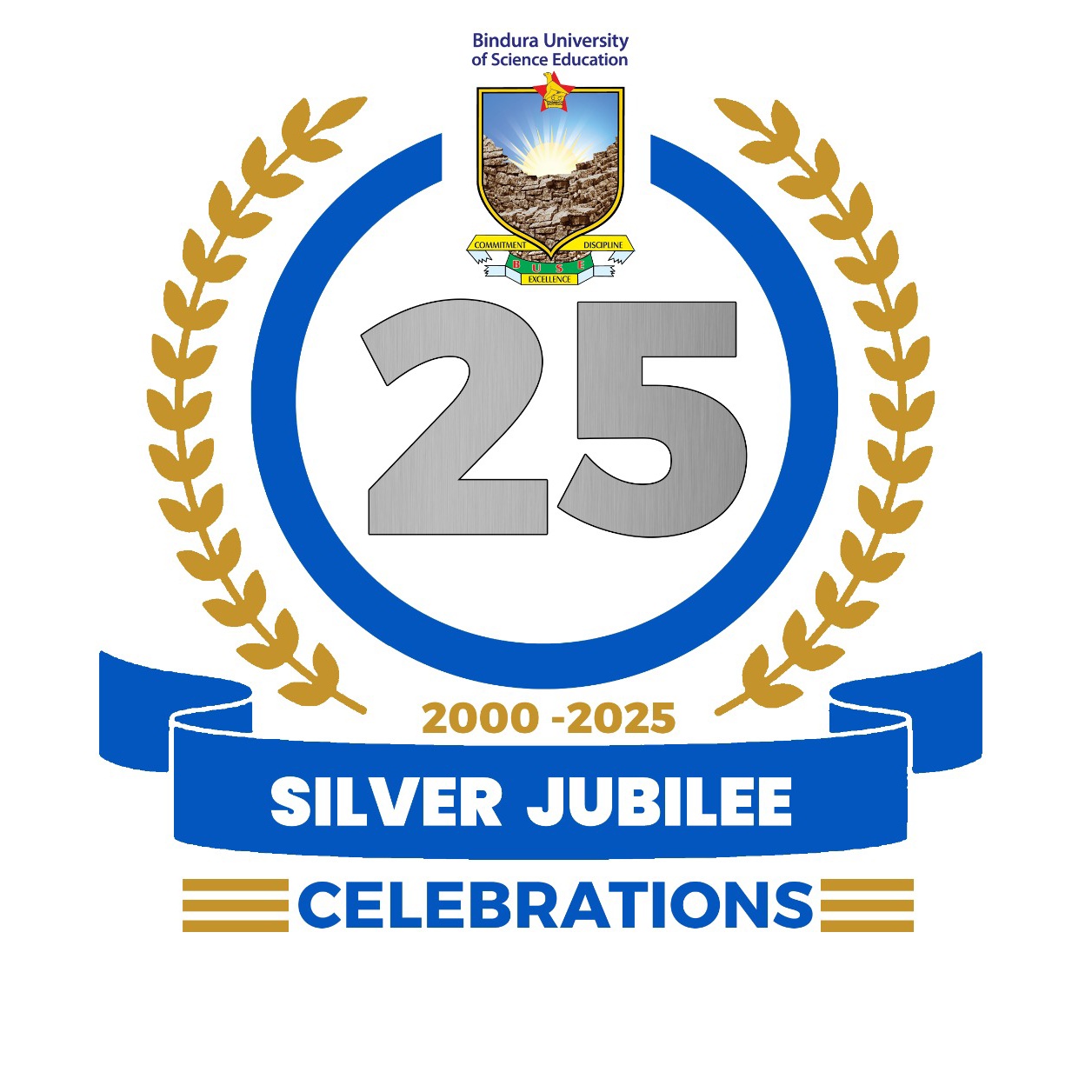Absorptive removal of crystal violet dye from wastewater effluent from textile industry using biochar synthesized from corn stalks
- Author
- Simbine, Tinashe
- Title
-
Absorptive removal of crystal violet dye from wastewater effluent from textile industry
using biochar synthesized from corn stalks - Abstract
- The toxic ( crystal violet) dyes are rapidly increasing in their concentrations in the environment and water ways, due to increase in their application in textile industry. The dyes enter the food chain and water system through the releasing of untreated textile industry water effluent into the environment. They contaminate underground water through leaching in the soil and some are washed away into the rivers and streams thereby causing water pollution and destroying the aquatic ecosystem. Exposure or consume of dye-containing foods is harmful to all living organisms, they are also carcinogenic substances. Therefore, elimination of these dyes from water is very important to save lives and the ecosystem. The adsorption method was used in this study since it is eco-friendly and simple and straightforward to use. The adsorbent was synthesized through pyrolysis of biomass based, corn stalks in a low oxygen environment at 400oC. The produced corn stalks biochar was characterized for point zero charge (pHpzc) and the functional groups present were analyzed using the FT-IR instrument. The effect of biochar dosage on the adsorption rate was examined at (0.5g, 1.0g, 1.5g and 2.0g) and the maximum percentage removal was achieved at 2.0g at room temperature. The effect of temperature, contact time and pH on the adsorption process were also investigated, with the highest percentage removal(%R) achieved at 25oC for 70.97%, 68.05% after 30mins and 62% at pH = 8 respectively. The Langmuir adsorption isotherm model explained better the nature of the adsorption of the crystal violet onto CS biochar (R2 =0.6924) which is a monolayer adsorption. The pseudo first order kinetics was used to explain the kinetic nature of the experimental data due to its larger correlation coefficient (R2 = 0.9547). The adsorption was feasible and spontaneous since the Gibbs free energy was negative and ΔH= -0.821 kJ/mol was also negative at room temperature indicating that the process was exothermic.
- Date
- 2023
- Publisher
- BUSE
- Keywords
- Adsorption
- Wastewater effluent
- Removal of crystal violet dye
- Supervisor
- Mr Katengeza
- Item sets
- Department of Chemistry
- Media
-
 Chemistry Simbine.pdf
Chemistry Simbine.pdf
